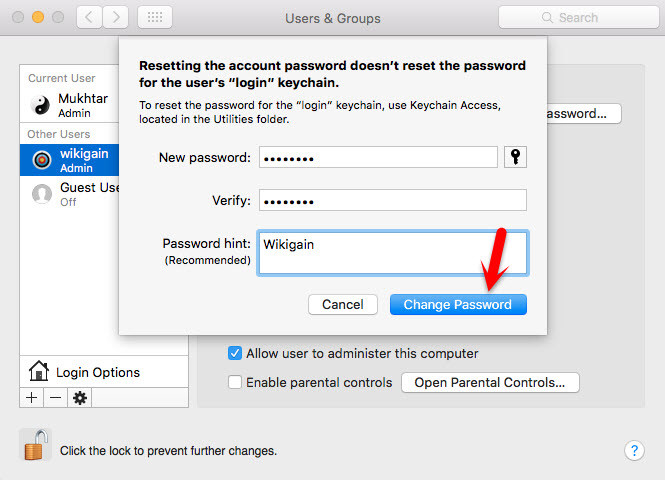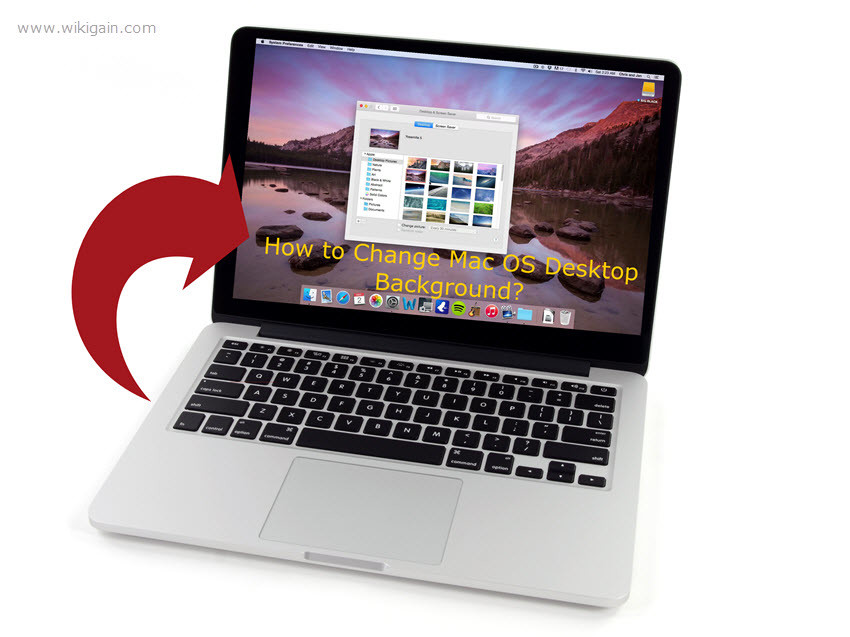
- #Mac el capitan change icons with liteicon how to#
- #Mac el capitan change icons with liteicon mac os x#
- #Mac el capitan change icons with liteicon install#
- #Mac el capitan change icons with liteicon update#
Fortunately, Apple hasn't locked us out of repairing it. The UI looks like it was drawn on someone's kitchen table with a ruler and compass by a person with a color vision impairment.

They all make OS X less usable because it's harder to tell what's what. The Hanna Barbera themed versions of OS X, Yosemite and El Captain, need esthetic repair, because they are too flat, they have colors not found in nature, and many of the icons are turning into unintuitive abstract symbols. I recommend storing the icons on an external drive to repair future downgrades of the UI. If you change the icons in applications that require permission to access the internet, you'll need to give them permission every time they launch, but that's not a bad price for esthetics. I have downloaded and used this several times without incident.
#Mac el capitan change icons with liteicon install#
pkg and then create the Install OS X El Capitan.app.
#Mac el capitan change icons with liteicon mac os x#
Right-click on the old version, show package contents, copy the icons in the Contents/Resources folder, and paste them into the same location in the new application. Go to Download OS and click on Mac OS X El Capitan this will download the InstallMacOSX.dmg to your Downloads folder.
#Mac el capitan change icons with liteicon how to#
This will make the dock look like the one in macOS once you make some adjustments later.Here's how to fix the folders and other stuff: In the Appearance section, change the Theme to Gtk+. Regardless of your desktop, this should start up Plank, along with its configuration window. You can also download a program called Liteicon from You still have to do steps 1-8 but it makes changing icons super easy You can also easily change the Finder icon and Trash Can by using the drag and drop method. To install it, enter this command: sudo apt install plankĪfter this, launch the dock by entering the ALT + F2 shortcut, and entering plank -preferences It's a taskbar that integrates well with the Linux macOS theme. The Plank DockĪpart from Unity, the other guides will assume you have Plank. New to cURL? Here are some useful things you can do with cURL. If the commands don't work, make sure you've installed cURL first: sudo apt install curl The second command downloads a script that automatically installs and sets Gnome Yosemite as your icon theme. It doesn't work quite as intended out of the box, so you'll need this fix: sudo sh -c "curl | bash" This theme is based on the Numix Circle icon theme, which is installed first. (Note that if you're using a recent Debian-based distro, you may need to install software-properties-common to enable the add-apt-repository command.)
#Mac el capitan change icons with liteicon update#
Sudo add-apt-repository ppa:numix/ppa & sudo apt-get update The generation is based on the most related iOS app from the App Store, or, if there isnt one, is created from the original icon, in which case the background color and the scaling can be customized. iconsur is a command line tool to easily generate macOS Big Sur styled adaptive icons for third-party apps. The terminal commands below just focus on installing it: IconSur: macOS Big Sur Adaptive Icon Generator. Like application themes, the way to adjust them varies between desktops. The Gnome Yosemite icon theme closely matches the macOS appearance.
Later, you'll be able to select the theme from your distro's appearance tweaker.

Make sure to place it in the /.themes/ folder! If you don't have wget, just copy the link into your browser and download it manually. If that's the case, just skip this command. You may already have a /.themes/ folder (you'll know if the terminal puts out an error). To download it, open a terminal and enter: mkdir $HOME/.themes A Linux theme called macOS Sierra does exactly that. Basic Themingīefore anything else, if you want your desktop to look like a Mac's, you'll need to install the right themes. In this guide we look at skinning Linux to look like a Mac using five desktop environments:īefore you get started, however, you need three things to make Linux look like macOS: a theme, the right icons, and a dock. However, it does depend on which desktop environment you're using. click on one of the 10 icons, taking note of the particular size (of the selected icon) showing in the top right corner (as the set is ‘not’ usually displayed in size order). Making Linux resemble the macOS desktop is reasonably straightforward.


 0 kommentar(er)
0 kommentar(er)
